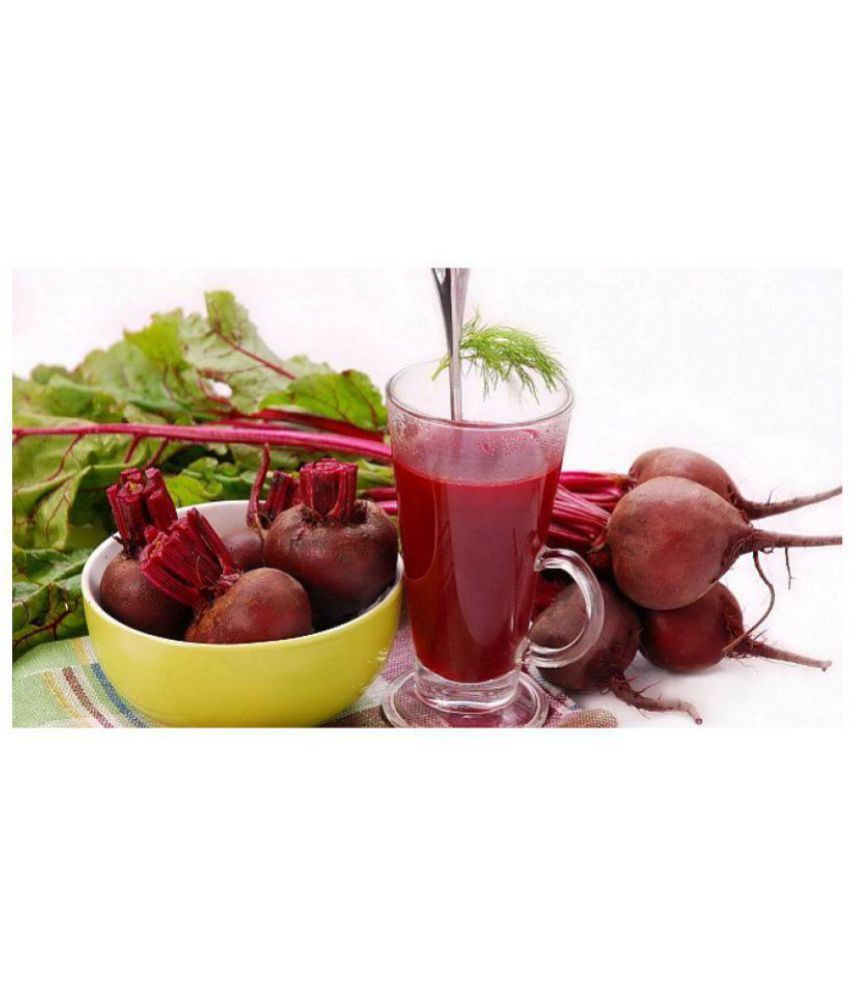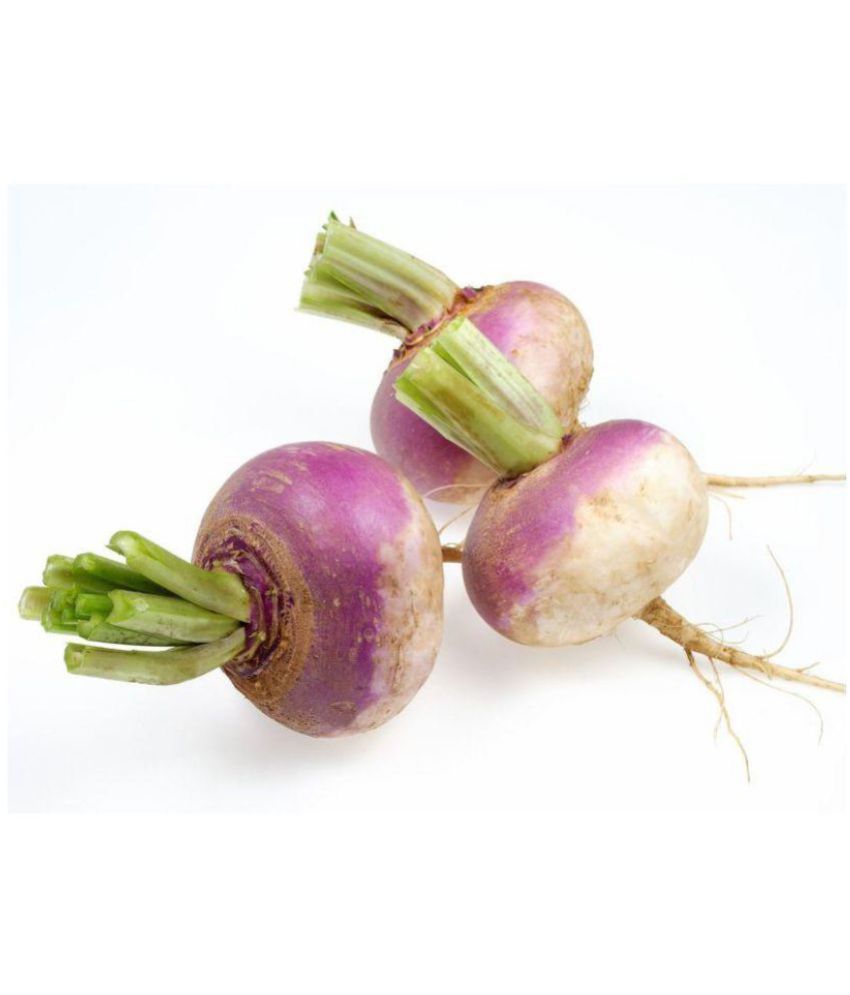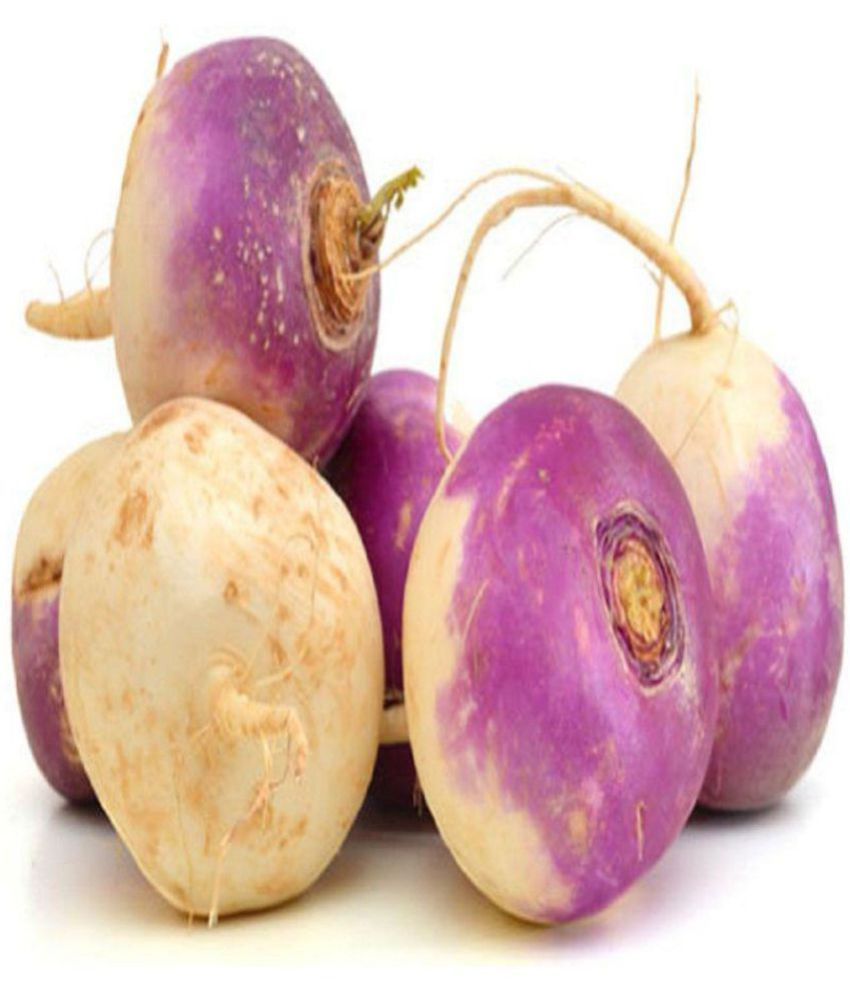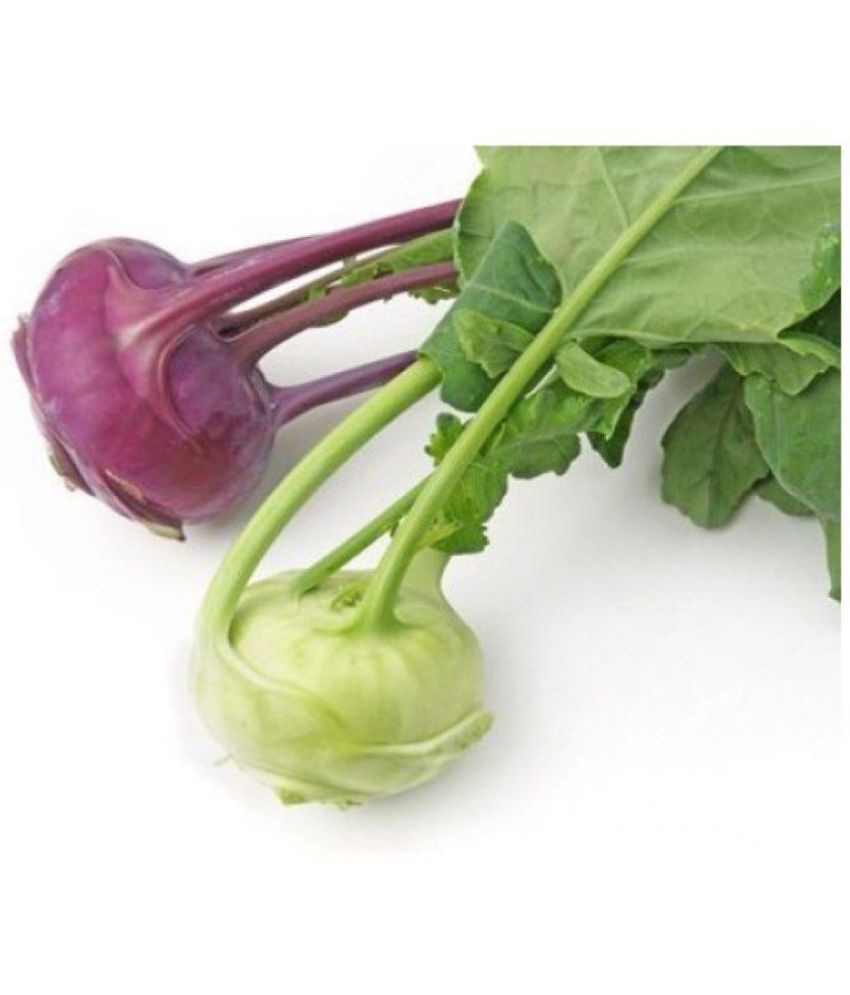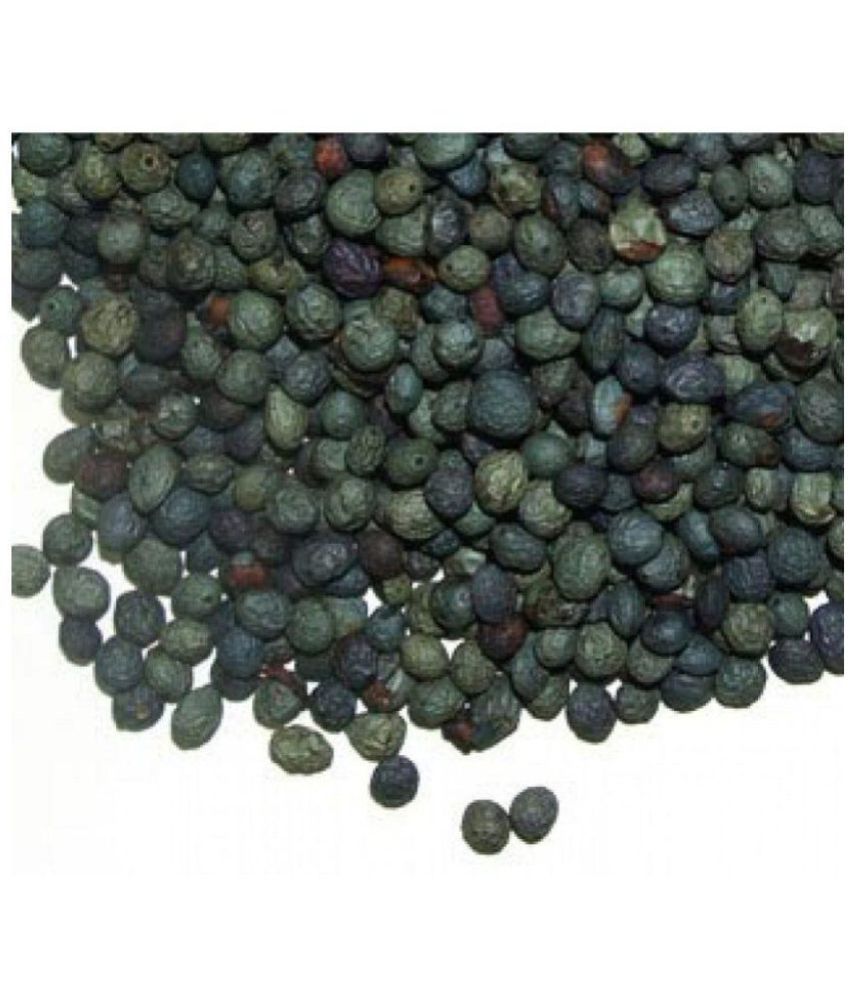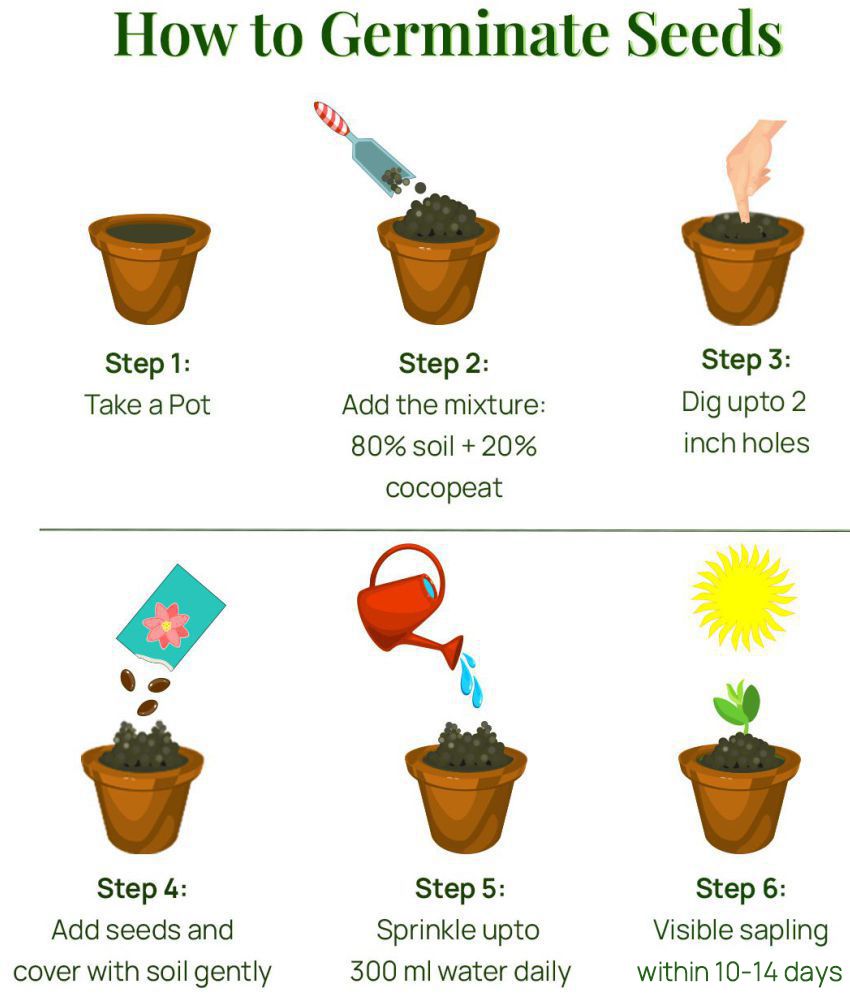Growing Turnip Red Ball Seeds Turnip plants are tolerant of poorer soils,. But, they grow better in richer garden soils, and are less likely to take on a woody texture. Work the soil and add compost. Make sure to remove any large rocks and stones. Turnips seeds sprout quickly, in about a week. After two weeks, thin seedlings to four to five inches apart. Provide ample water, as the most common cause of woody stems is dry soil. As with other root crops, the action is below the soil. The leaves may not tell you when the soil is dry. Our rule of thumb is "when in doubt, water". If you are growing Turnips just for leaves in salads and soups, provide plenty of fertilizer and a high nitrogen mix. If you are growing them for the roots, avoid a high nitrogen fertilizer, which will deter root development. Sun / Temperature Common name. Turnip Botanical name. Brassica rapa PLANT TYPE: Vegetable SUN EXPOSURE: Full Sun SOIL TYPE: Loamy SOIL PH: Slightly Acidic to Neutral Mature Plant Size: 12 - 18" (h) x 6 - 8" (w) Timing: Turnips are a cool-weather crop that require 30 to 60 days to come to harvest and grow best in temperatures from 5 to 24°C (40 to 75°F). They are best harvested before temperatures exceed 24°C (75°F) as hot temperatures cause the roots to become woody. In temperate climates (ones with a growing season of 5 to 6 months), seeds are sown in spring for an early summer harvest and in late summer for a late autumn to early winter harvest. If sown under cloches, sowing can start as early as late February. As turnips grow on they become less tender and flavoursome so successional sowing every two weeks ensures a constant supply of young and sweet turnips. Sowing Of Turnip Seeds Sow Turnip seeds 1/2 inch deep, spreading the small seeds thinly to an inch apart in the rows. Space the rows 1 foot apart. Use double rows to conserve space in your home garden. Sow seeds early in the spring and again in midsummer, for a fall crop. Although they can be grown in the summer, the plants prefer cool weather. Leave the middle of the summer for the heat loving vegetables. Harvesting Harvest Turnip leaves for salads as soon as they reach a size large enough to eat. Four to six inches is ideal. After cutting the leaves, new leaves will grow. You can usually harvest the leaves several times. As with most root crops, it is better to pull them while still young and tender. Begin to harvest Turnips at golf ball size. Once they reach tennis ball size, the root will become tough and woody. Some people leave their fall crop in the ground and pick a few, as needed, well into the winter months. If the root and plant is still growing, they can become too large. We recommend pulling them, cutting off the leaves and storing them in a cool, dry place. Many people will store them in their basement in dry soil, to help retain moisture and freshness. Insect and Pests Turnips are bothered by a variety of insects and pests. The insect world knows that this vegetable is tasty and nutritious. They include slugs and snails, aphids, beetles, cutworms and root maggots. Because they grow and are harvested quickly, large infestations are not often a problem in the home gardens. By the time you spot a problem, it is time to harvest. Planting • Select a site that gets full Sun. • Soil should be well-draining and loosened to a depth of 12 to 15 inches. • Mix in a 2- to 4-inch layer of compost. Till soil well. • Start sowing as soon as the ground is workable. • Scatter turnip seed. Do not cover the seeds with more than ½ an inch of soil. • Once seedlings are 4 inches high, thin “early” types 2 to 4 inches apart and maincrop types to 6 inches apart. Do not thin if growing for greens only. Care • Keep the beds weed free. • Mulch heavily. • Water at a rate of 1 inch per week to prevent the roots from becoming tough and bitter. Wit and Wisdom • Turnips like a dry bed but a wet head. • Young turnips are so tender that you can peel and eat them just as you would an apple. • Turnips are often confused with rutabagas because they are similar, and people like to plant them together. The two root vegetables grow well under the same conditions, but rutabagas take four weeks longer to mature. • Many turnips are grown not for the root itself but for the turnip greens, which can be cooked or used in salads Storage Regular turnip crops are left in the ground as the plants can withstand freezing temperatures in the air until the ground freezes.However baby turnip varieties should be harvested young. Thanks to their thin skin, they don’t store long like the more common, thick-skinned storage types. They will store for a short while but are not considered a tradition cellar vegetable as they will not maintain their firmness and flavour if stored throughout the winter, which common turnips as well and the turnip's parent, the swede (rutabaga) are often utilised for. Most very small turnips (also called baby turnips) are specialty varieties. They are available in white, yellow, orange and red-fleshed varieties. Their flavour is mild, so they can be eaten raw in salads like radishes and other vegetables. Soil Preparation Turnips are brassicas, so should never be grown in soil in which any of the cabbage tribe have recently been harvested. They are an excellent follow-on crop after sweetcorn, yam, peas, beans and pumpkins. Sprinkle a good fistful of blood and bone fertiliser over each square metre of surface. Add a 20mm layer of matured cow or sheep manure and use a garden fork to turn the lot deeply into the soil. Rake level, water deeply then leave to settle overnight. (Avoid high-nitrogen fertilisers such as chook manure unless turnips are mainly grown for the tops
